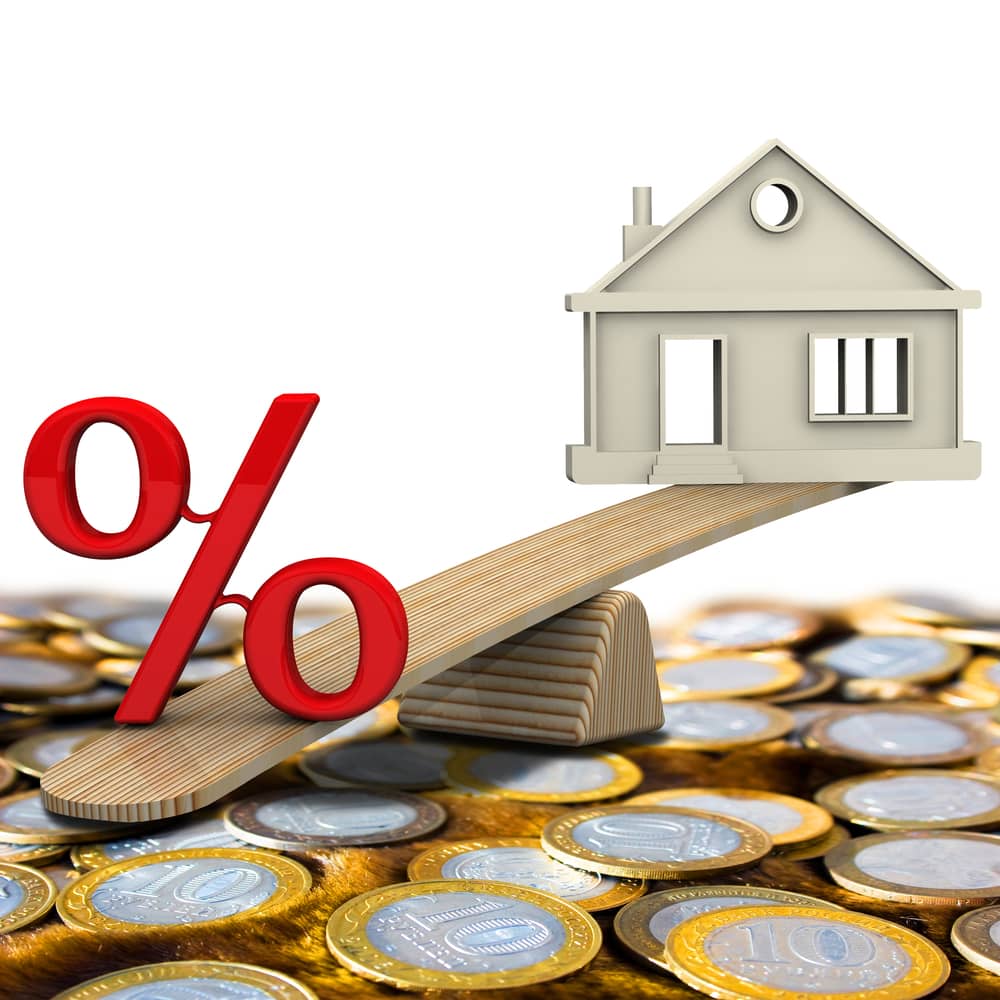If you’re looking to buy a home but aren’t quite sure how much house you can afford, you can use the housing expense ratio to determine your limits. In addition, the housing expense ratio is one of the tools your lender will use one underwriting your mortgage.
Let’s break down what the housing expense ratio is and how to calculate it for your own analysis.
What is the Housing Expense Ratio?
At its core, the housing expense ratio is how much of your income per month will be devoted to housing expenses, including mortgage payments, private mortgage insurance, and more. Note that the housing expense ratio does not concern itself with the overall cost of a home, such as the mortgage amount.
The housing expense ratio is found by dividing new monthly mortgage payments by monthly gross income. Most lenders don’t want this ratio to exceed 28% before they approve a mortgage loan.
How Does the Housing Expense Ratio Work?
For lenders, the housing expense ratio is a valuable metric they can use when evaluating whether they will underwrite a loan for a prospective borrower. It essentially measures how well a potential borrower can repay mortgage debt on a home they want to purchase.
However, housing expense ratio calculations are often used with debt to income ratios simultaneously. This gives a more complete picture of a prospective borrower’s creditworthiness.
Yet homebuyers can also use the housing expense ratio to figure out how much home they can afford safely given their current income level.
Why Is The Housing Ratio Important For Borrowers?
Knowing your housing expense ratio going into the homebuying process will give you more confidence. By calculating your ratio in advance, you’ll have a better idea of whether or not you can meet a lender’s mortgage criteria. Generally speaking, a housing expense ratio of 28 percent or less makes you a strong candidate for most lenders.
Don’t forget that other factors come into play, such as your debt-to-income ratio and overall credit worthiness. If you have a slightly higher housing ratio, don’t worry. As long as you have a strong credit score, lenders will still likely consider your application.
[ Thinking about investing in real estate? Register to attend a FREE online real estate class and learn how to get started investing in real estate. ]

How to Calculate Your Housing Expense Ratio
You don’t need complex formulas or digital calculators to determine your housing expense ratio. You can take a few common metrics you should already know about your income and the price of a house you want to purchase, then use those numbers to figure this ratio out.
Let’s break down the housing expense ratio calculation step-by-step.
-
Add together all housing expenses
-
Calculate your total gross salary
-
Divide by your pretax income
-
Evaluate the results
1. Add Together All Housing Expenses
First, you must add together all the housing expenses you might face when purchasing a new home. Mortgage underwriters will do the same thing.
Say that you have a loan of $250,000 for 30 years and a 3.2% interest rate. In addition, you have the following fees to keep in mind:
-
$208 of mortgage insurance
-
$250 of housing association fees
-
$250 of property taxes
-
$136 of homeowners insurance
-
$1080 for your initial principal and interest mortgage payment
When you add all those extra prices together, you get $1924. Remember that these housing expenses do not include the home’s total cost, as you will theoretically not pay $250,000 upfront.
2. Calculate Your Total Gross Salary
Now you need to calculate the total gross salary you can expect every month. Say that you earn $7150 each month for the sake of this example. When you calculate this metric, remember to include any income you get from your job, bonuses, child support or alimony payments, or other pretax income.
3. Divide By Your Pre-Tax Income
To determine your housing expense ratio, you divide the housing expenses you can expect by the income you expect every month. The formula looks like this:
-
$1924 / $7150 = 0.269 or nearly 27%
The housing expense ratio formula estimates that you’ll spend about 27% of pretax income on regular housing expenses.
4. Evaluate the Results
Now that you’ve got your housing expense ratio, you should evaluate the results. Remember, underwriters usually don’t approve loans unless the housing expense ratio is 28% or lower.
In our hypothetical example above, the prospective borrower would likely be approved for a loan (if the underwriter considers only the housing expense ratio, that is) since the ratio is 27%. If your housing expense ratio is above 28%, you might end up being stretched financially thin.
That said, you might still be able to get approved for a mortgage loan if you have a housing expense ratio of over 28% (though your loan options will necessarily be limited). For example, some lenders will approve you if you offer to make a bigger down payment or if you have collateral.
Generally speaking, however, it’s a good idea to improve your housing expense ratio over another few months or years if needed. You can do this by looking for a more affordable home, finding a house with lower taxes or no extra fees, increasing your income by switching jobs, and so on.

Housing Expense Ratio vs. Debt to Income Ratio
The housing expense ratio is a useful metric as it compares your pretax income against what you will likely pay every month after purchasing a house.
But the debt to income ratio is also important. It measures how much debt you have relative to your income. Generally, lenders will only approve loans for borrowers with a debt to income ratio of 36% or less, meaning that their debts don’t exceed 36% of their total income.
Both measurement tools are useful, and most underwriters will compare both ratios when determining whether to approve someone for a loan. If you want to be approved, you can’t ignore DTI in favor of housing expense ratio or vice versa.
What is the 28/36 Rule & How Does it Affect Your Loan?
The 28/36 rule is a reminder that your housing expense ratio shouldn’t be more than “28%,” and your DTI shouldn’t be more than “36%”. Underwriters will often refer to the housing expense ratio as the front-end ratio and call the DTI ratio the back-end ratio.
If you ever want to know your likelihood of being approved for a loan, look at these two numbers and determine if your finances fit into the rule. If not, you may need to make a larger down payment or pay off your debt before applying for a mortgage loan.
Summary
Ultimately, the housing expense ratio is just one more way you can analyze your likelihood of getting approved for a loan, and it’s a great way to determine whether a particular house is affordable by diving deep under the hood of its costs. Furthermore, it’s an excellent way to avoid having your credit score negatively impacted by applying for multiple loans when you may not have much of a chance of getting approved in the first place.
Using the information provided by your housing expense ratio, you can make more knowledgeable house-hunting decisions.
Ready to start taking advantage of the current opportunities in the real estate market?
Click the banner below to take a 90-minute online training class and get started learning how to invest in today’s real estate market!

